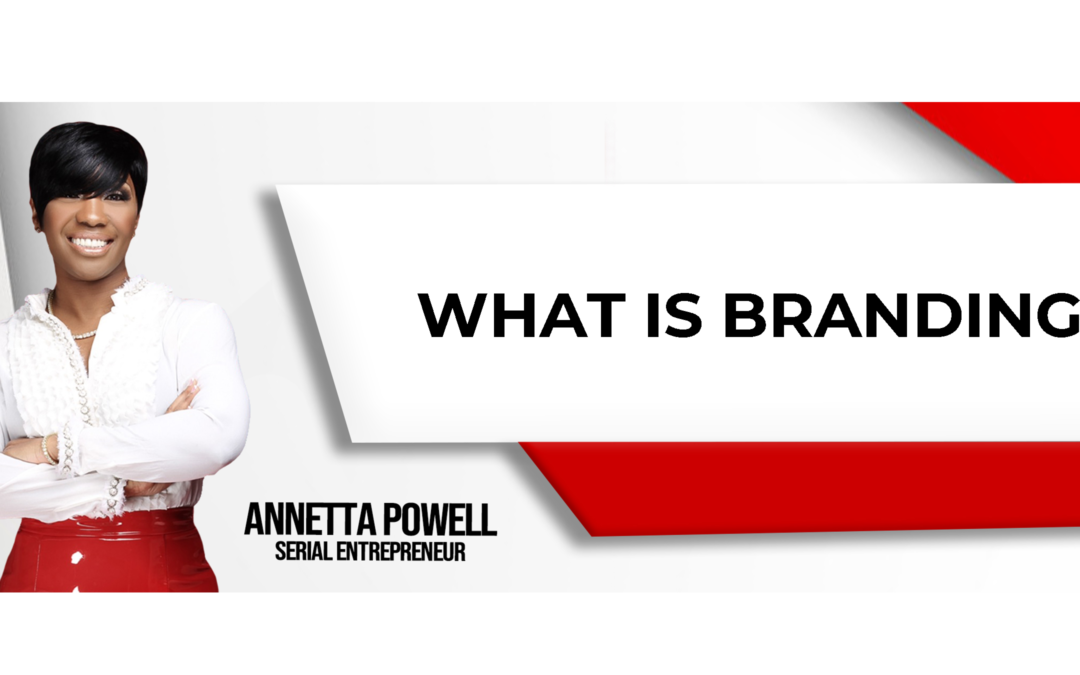Professional branding is the practice of building and molding an image in the market to provide significance to a specific organization, business, commodities, or services. It is your promise to the customers and shows what you represent. It, therefore, helps consumers recognize you and choose you over competitor products.
In simpler words, your company’s branding is what it takes to cut through the noise and get the attention of your target consumer. It’s what converts neutral traffic into sales enthusiasts and changes first-time purchasers into lifetime consumers.
It’s what you’ll need to set your business’s brand apart from the crowd, create an impression, and propel your company forward.
How To Do ‘Professional Branding’?
Your company’s brand is the set of people’s views about your business or organization. However, branding refers to the measures you take to build it.
1. Research your audience
In today’s day and age, knowing what consumers expect, need, and want is very crucial. Either talk to your target market directly or examine the social media profiles or sites that your intended audience follows and responds to.
2. Research your competitors
Before diving into the water, it is always advised to dip your toes and test the temperature. Similarly, going unaware of the market can have a lot of repercussions. Check what competition already exists in the market and identify areas where you can take the lead. The easiest way to research your competitors is to google your product category and analyze the sellers that come up.
3. Pick the tone and focus of your brand
Your personal brand is formed by who you are, who you aspire to be, and how others perceive you. Is your product high-priced but high-quality, or low-priced but high-value? You can’t be both at the same time, and you can’t be everything to everyone. It’s critical to identify your focus and allow it to guide all other aspects of your brand as you develop it.
4. Set a business name
One of the first significant decisions you’ll have to make is the name of your firm. It will affect your company’s logo, domain, and promotion. You want a brand name that’s easy to remember, difficult to copy, and impossible to mix up with current competitors.
5. Develop a business logo and tagline
A company logo is the face of your business, and it might appear everywhere your organization does business. Preferably, you’ll want to start with a logo that’s distinct, recognizable, and adaptable to fit any size. Choose the style, colors, and fonts that complement your logo and represent your brand.
For a slogan, create a distinctive, impactful, and concise tagline that conveys the spirit of your brand. It has to be something you can use in your social network biographies, website headers, personalized business cards, and everywhere else where you have a limited number of words to create a great impression.
6. Remain consistent
Successful branding is only possible when and if you remain consistent. You have to ensure that everything – ranging from your corporate objectives, your website, and even a thank you note that you might place follow the same theme. Maintaining a standard will help a customer start associating the colors or designs you choose with your brand.
Examples of successful branding
The firms listed below have discovered the secret to developing their brands and have demonstrated some exceptional global branding in action. What better way to learn to brand than to take knowledge from successful companies:
1. Apple
The bitten Apple logo has been associated with luxury, dependability, inventiveness, and dominance. It has become so well-known that it now stands in for Apple Inc. without its name.
2. Coca Cola
Coca- Cola’s minimalism speaks for itself, as does the odd yet strong handwriting and the emotionally jarring red. Coca-Cola thinks creatively when it comes to the color of their product package design, as red is often associated with danger and caution. If you see a red can without looking at its label, you will most likely assume that it is Coca-Cola.
3. Nike
From their catchphrase “Just Do It,” their branding and marketing focus on empowerment. Nike’s brand is built on the concept of innovation for dedicated athletes. Their model and sportsmen aren’t laughing and smiling; instead, they’re engaged in physical activities while wearing game faces.
Who Does Branding affect?
Consumers, employees, investors, shareholders, suppliers, and distributors are all affected by branding. When buyers are confused about the same product from several competitors, a brand gives a ruling shortcut. Similarly, if you don’t like or feel attached to a brand, you generally won’t want to work for it.
Now that you’re fluent in professional branding, take the next step and check out our blog on personal branding.
Ready to master branding? I’m going to teach you everything you need to know to master branding and stand out amongst your competitors. When your done your customers will know who you are, why you do what you do, and why they should do business with you!
Go here and register, spaces are limited so register ASAP.

Recent Comments